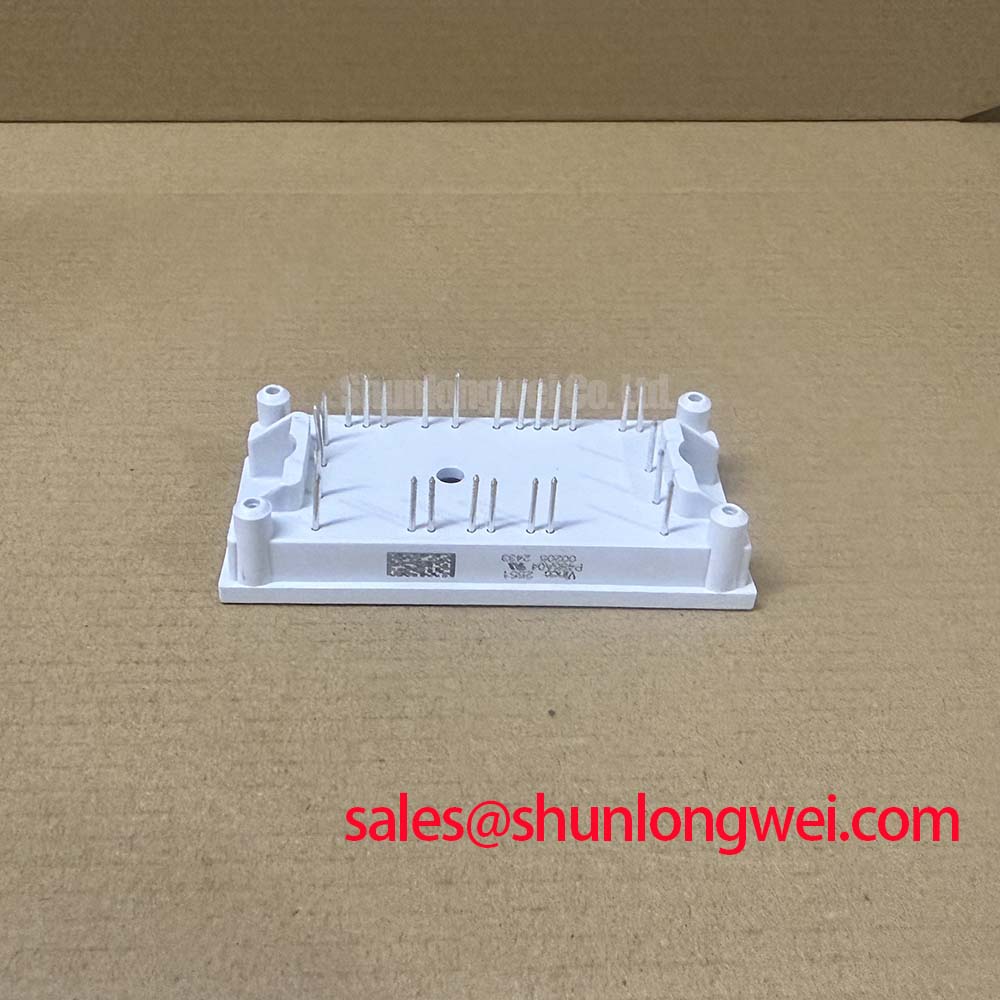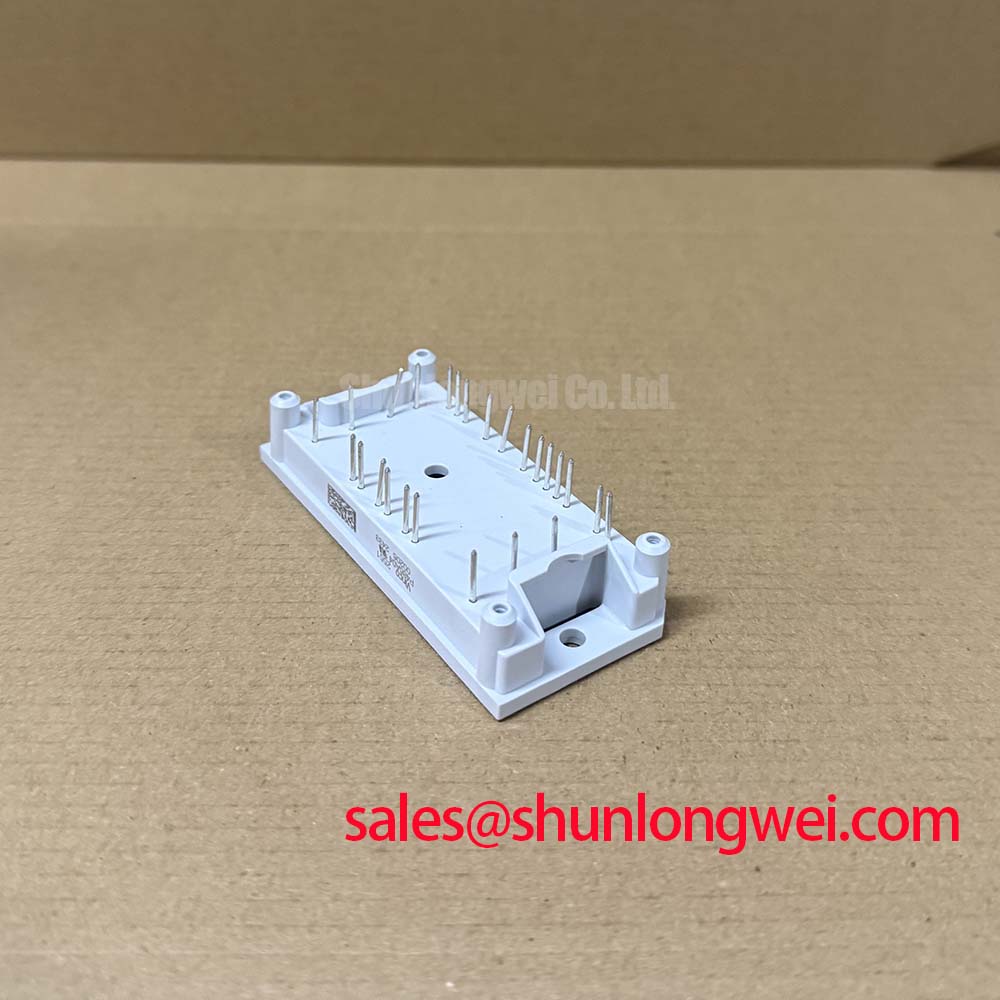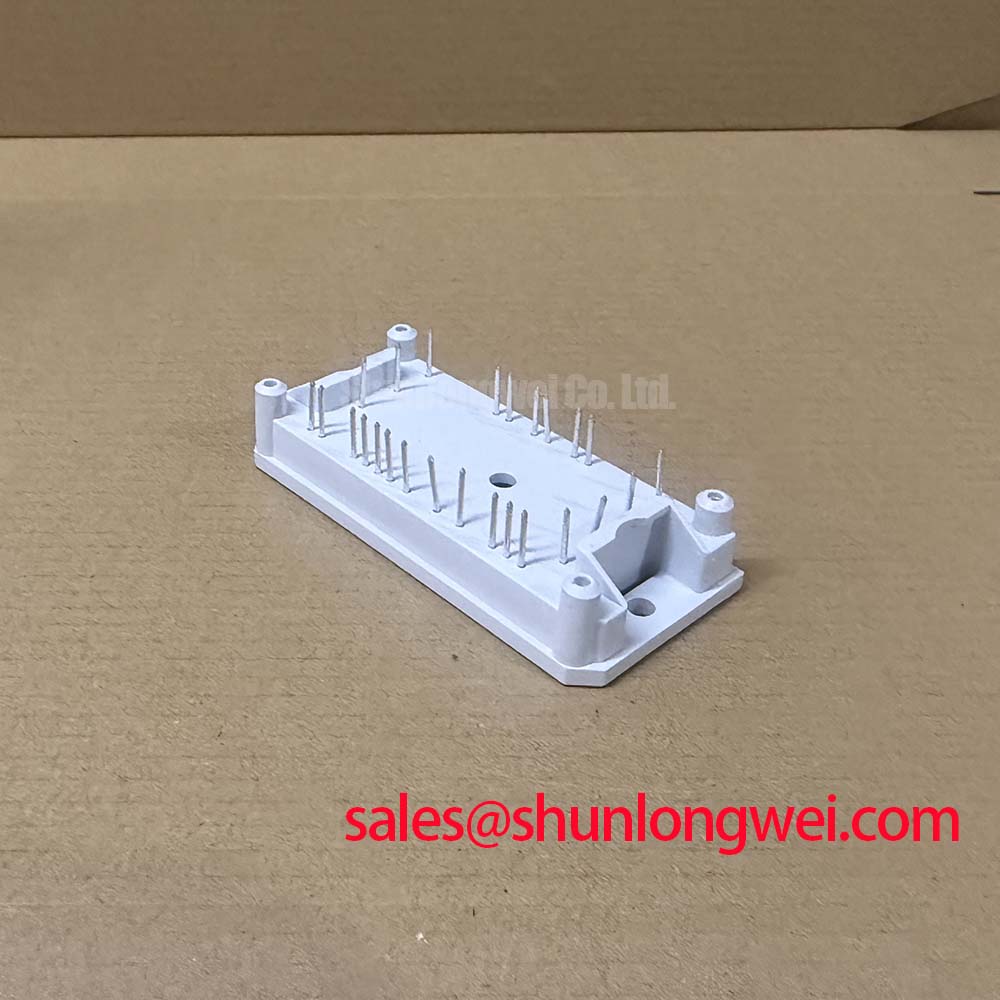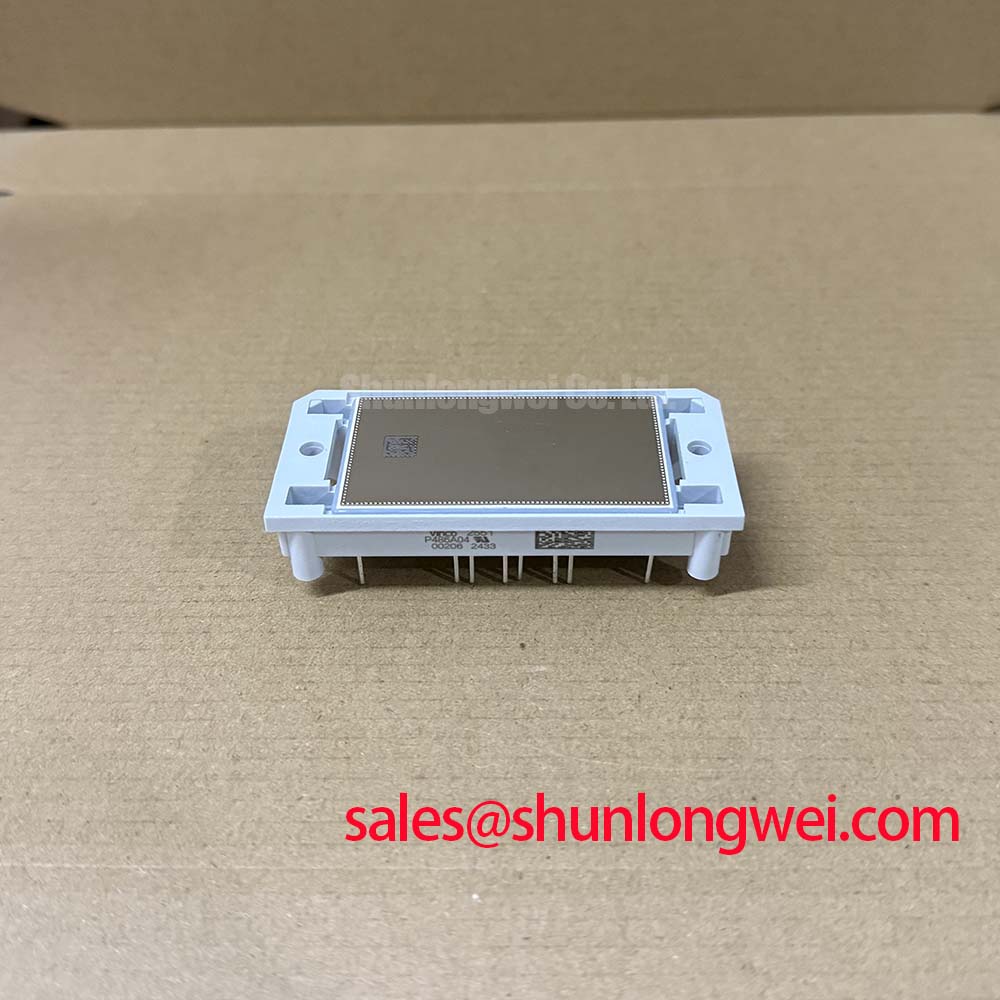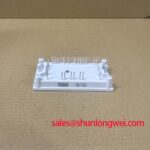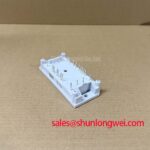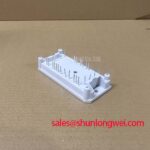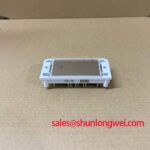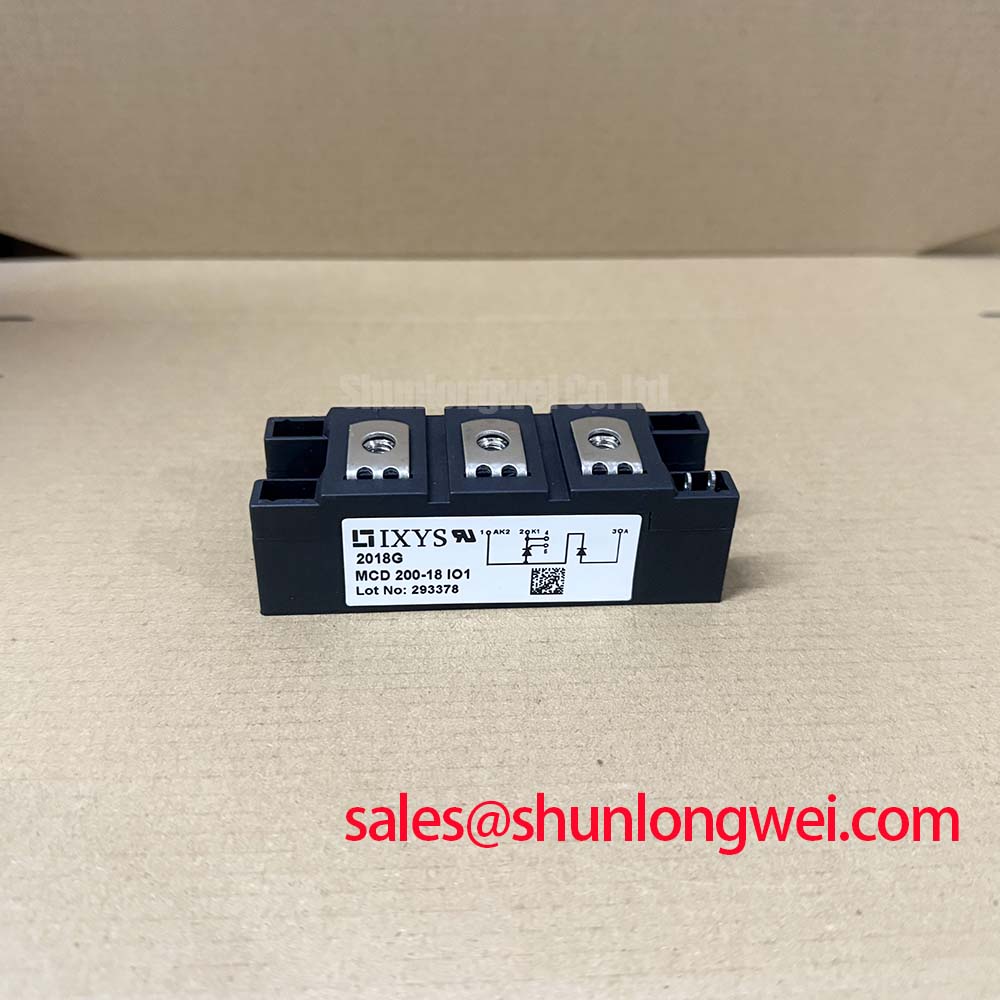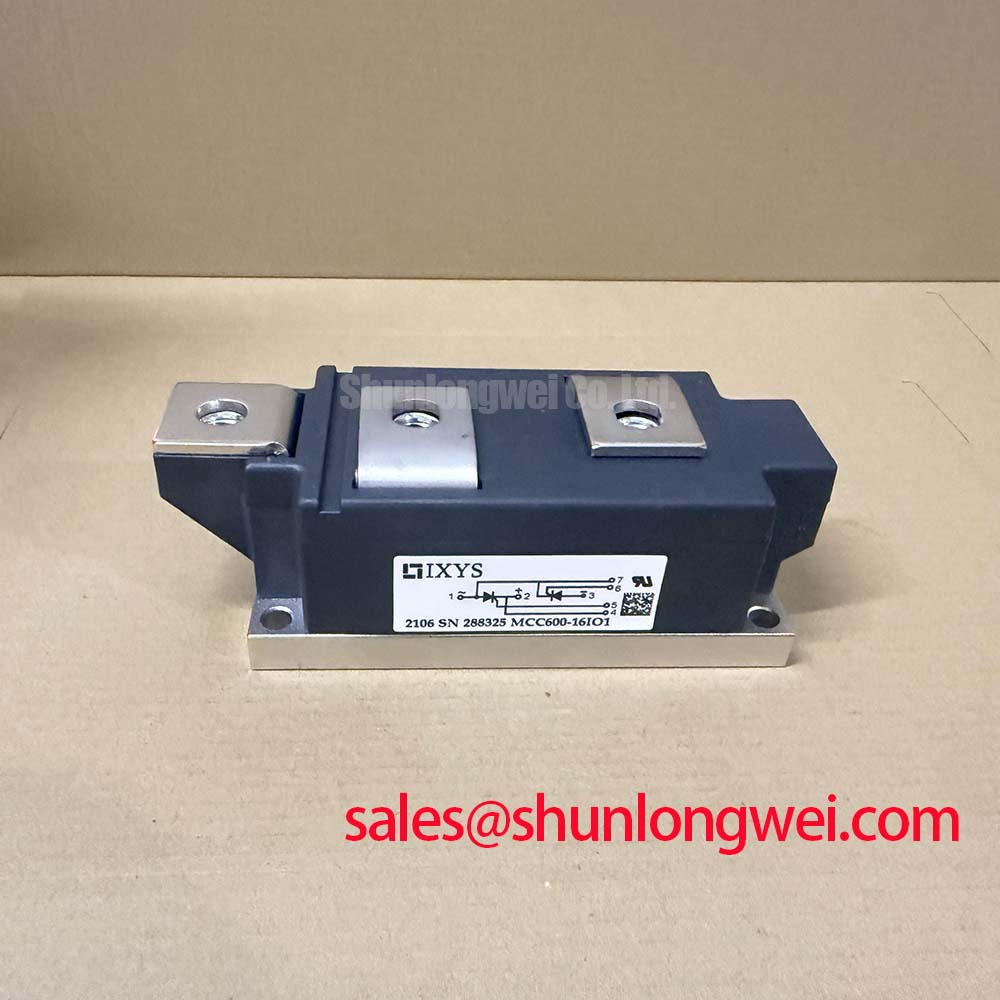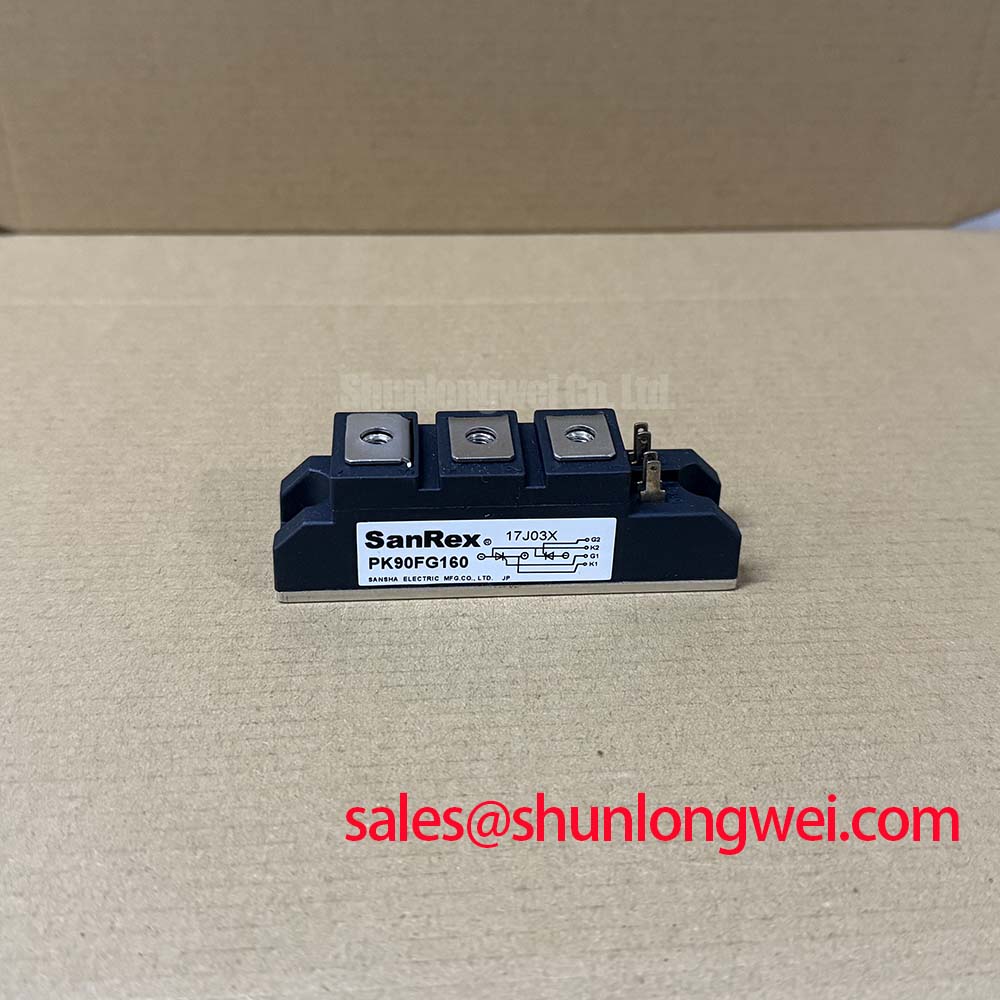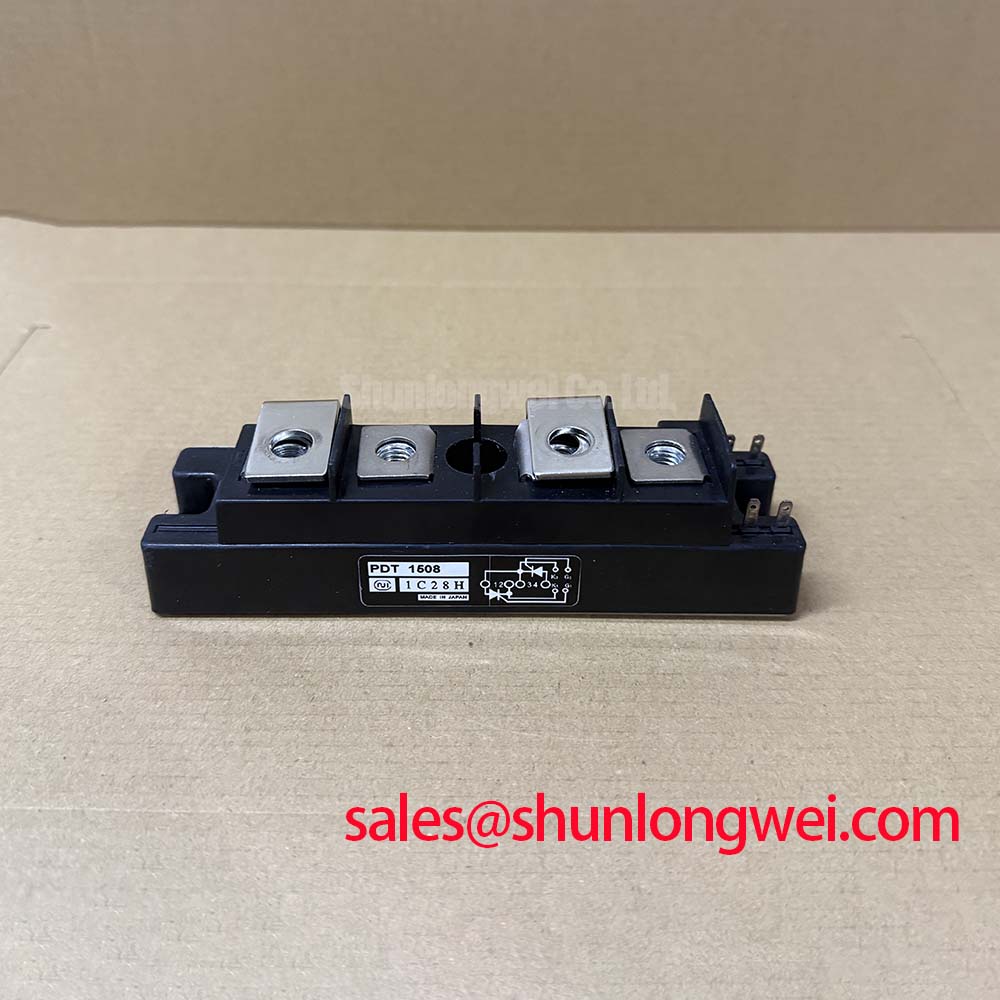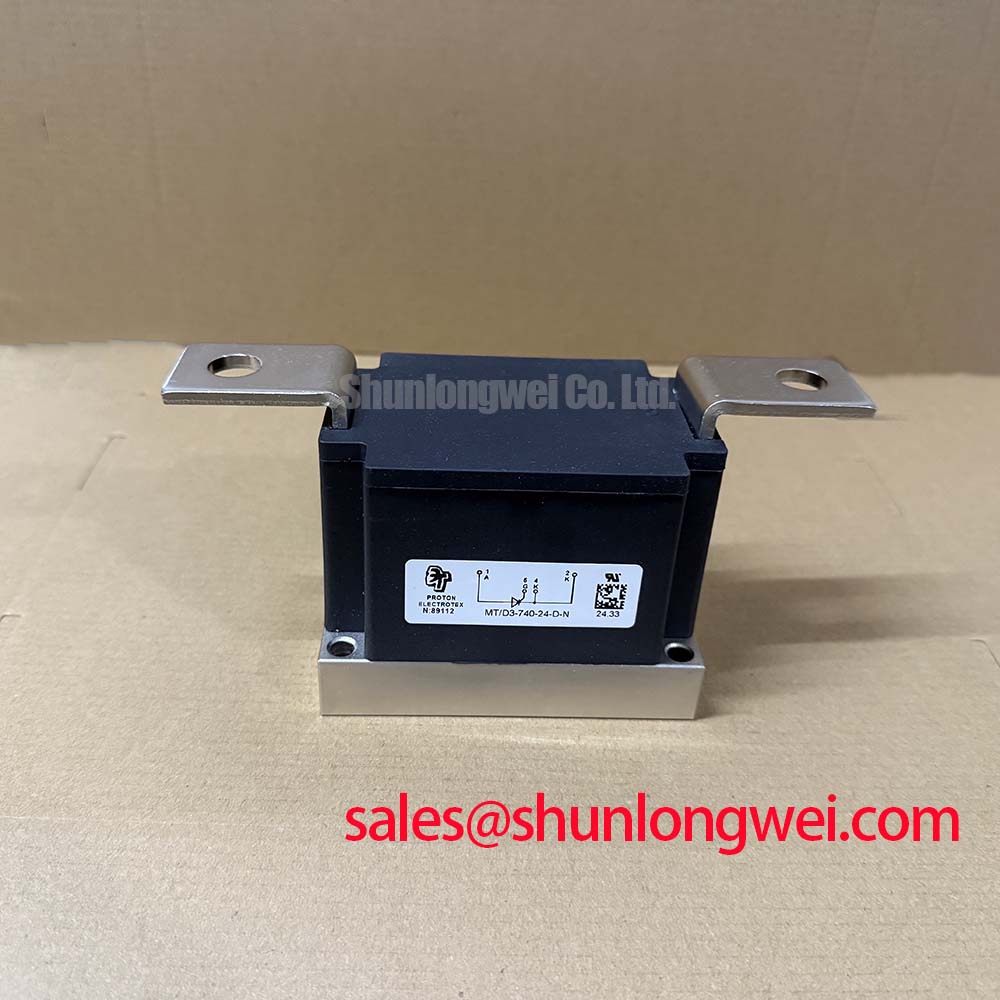P486A04 P-Channel MOSFET: Technical Data for Power Systems
P486A04: An Efficiency-Focused P-Channel Enhancement Mode FET
The Nikos-Sem P486A04 delivers superior power management performance by focusing on the critical metric of on-state resistance. This P-Channel Enhancement Mode Field Effect Transistor is designed using advanced trench technology to achieve exceptionally low resistance, directly translating to higher efficiency and reduced thermal load in its target applications. With its specifications, it addresses the engineer's core challenge of minimizing conduction losses in load switching and power conversion circuits, particularly where board space and battery life are primary design constraints.
Efficiency-Defining Electrical Characteristics
The performance of the P486A04 is anchored in its electrical specifications, which are tailored for low-loss operation. These parameters provide the necessary data for accurate system modeling and performance prediction.
| Key Parameter | Value | Condition |
|---|---|---|
| Drain-Source Voltage (VDSS) | -40V | VGS = 0V |
| Continuous Drain Current (ID) | -6.5A | TA = 25°C |
| Static Drain-Source On-Resistance (RDS(ON)) | 28 mΩ (typ) | VGS = -10V, ID = -6.5A |
| Static Drain-Source On-Resistance (RDS(ON)) | 45 mΩ (typ) | VGS = -4.5V, ID = -5.0A |
| Total Gate Charge (Qg) | 20 nC (typ) | VDS = -20V, VGS = -10V |
| Operating Junction Temperature (TJ) | -55°C to 150°C | - |
Download the P486A04 Datasheet for complete specifications.
Aligning with Next-Generation Power Management Trends
The industry push towards greater power density and extended battery longevity in portable and compact electronics places immense pressure on component efficiency. The P486A04 directly supports this trend. Its low RDS(ON) is not just a number; it represents a fundamental capability to reduce I²R losses, which are the primary source of heat and wasted energy in many applications. This allows designers to create more compact products by reducing heatsink requirements, or alternatively, to extend device operating time from a given battery capacity. This component facilitates designs that are both more powerful and more energy-conscious, aligning with market demands and environmental regulations focused on energy conservation.
Illustrative Deployment: High-Side Battery Load Switch
In a typical battery-powered portable device, the P486A04 can be effectively utilized as a high-side load switch. In this configuration, the MOSFET acts as a gatekeeper, connecting or disconnecting a subsystem from the battery to conserve power. Its low on-resistance is critical here; when the switch is on, it introduces minimal voltage drop and power loss, ensuring the downstream circuits receive the proper voltage while maximizing battery life. The ability to operate efficiently with a -4.5V gate drive makes it compatible with logic-level control from common microcontrollers, simplifying the overall system architecture.
A Deeper Analysis of On-Resistance and Gate Charge
Two parameters fundamentally define the P486A04's character: RDS(ON) and Total Gate Charge (Qg). Understanding their interplay is key to leveraging this component effectively.
- Static Drain-Source On-Resistance (RDS(ON)): This value represents the MOSFET's resistance when fully turned on. Think of it as the width of a pipeline for electricity; a lower RDS(ON), like the P486A04's 28 mΩ at VGS=-10V, signifies a very wide pipe. This allows current to flow with minimal opposition, which drastically reduces the energy converted into waste heat. What is the primary benefit of its trench technology? It achieves this low RDS(ON) within a compact SOP-8 footprint.
- Total Gate Charge (Qg): This metric quantifies the charge required to turn the MOSFET on. A lower Qg means the device can transition between its on and off states more rapidly and with less energy consumed by the gate driver circuit. For systems that switch frequently, such as in DC-DC converters, a lower gate charge directly contributes to lower switching losses and improved overall efficiency.
System Deployments Maximizing Efficiency
The specific characteristics of the P486A04 make it a well-suited component for a range of power management tasks where efficiency is a priority.
- Load Switching: Ideal for connecting and disconnecting power to subsystems in battery-operated devices, computers, and consumer electronics to minimize standby power consumption.
- Power Management in Portable Devices: Serves effectively in smartphones, tablets, and other portable instruments where extending battery life is a central design goal.
- DC-DC Converters: Its combination of low conduction and potentially lower switching losses makes it a viable option for synchronous rectification or as the main switch in certain buck or boost converter topologies. For battery-powered systems where conduction loss at VGS=-4.5V is the dominant factor, the P486A04 offers a compelling balance of performance and gate drive simplicity.
For systems that require even lower on-resistance for higher current applications, the related G156XW01 V1 may be considered for evaluation.
Comparative Data for Decision Support
When evaluating P-Channel MOSFETs, engineers often weigh on-resistance against gate charge and package size. The P486A04 is positioned as a component that provides a very competitive RDS(ON) within the standard SOP-8 package. This allows for drop-in compatibility in many existing designs while offering a significant performance upgrade in terms of reduced power dissipation. When compared to other devices in the same class, its RDS(ON) performance at both -10V and -4.5V gate-source voltages provides a clear data point for calculating potential efficiency gains in your specific application. A thorough review of its thermal resistance characteristics, detailed in our guide to understanding thermal performance, can further inform design decisions.
Future-Proofing Compact Power Designs
As electronic systems continue to shrink while performance demands grow, the role of efficient power components like the Nikos-Sem P486A04 becomes increasingly strategic. Selecting a MOSFET with a low on-resistance is a foundational step in designing systems that are not only powerful but also thermally stable and energy-efficient. This forward-looking approach to component selection ensures that designs can meet the next wave of consumer and industrial expectations for performance and sustainability.

